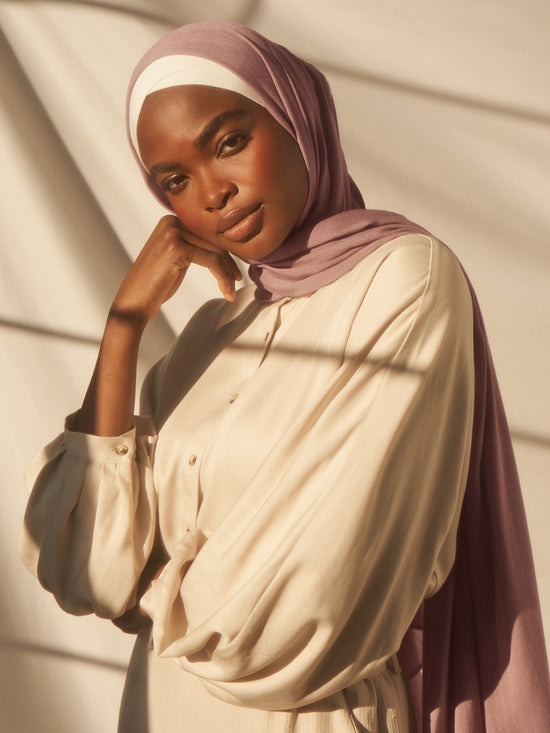
Introduction: The black abaya, a traditional garment predominantly worn by women in various Muslim-majority countries, holds a significant place in both cultural and religious contexts. Beyond being a mere piece of clothing, the abaya represents a fusion of tradition, identity, and personal expression. In this article, we delve into the rich history, cultural significance, and evolving perceptions surrounding the black abaya.
Origins and Evolution: The origins of the abaya can be traced back to pre-Islamic Arabia, where it was worn as a loose-fitting cloak to protect individuals from the harsh desert climate. Over the centuries, the garment evolved in style and design, influenced by cultural, social, and religious factors. With the spread of Islam, the abaya became intertwined with modesty and piety, reflecting the Quranic injunction for both men and women to dress modestly.
Cultural Significance: In many Muslim-majority countries, particularly in the Arabian Peninsula and the Gulf region, the black abaya holds deep cultural significance. It is not merely a garment but a symbol of cultural identity and adherence to Islamic principles. The wearing of the abaya is often seen as a sign of respect for tradition and religious values, with societal norms dictating its use in public spaces.
Symbol of Modesty: One of the central principles underlying the wearing of the abaya is modesty. By covering the body in loose, flowing fabric, women adhere to Islamic guidelines that emphasize humility and self-respect. The black color, in particular, symbolizes modesty and simplicity, eschewing ostentatiousness in favor of humility and inner beauty.
Expression of Individuality: While the abaya is steeped in tradition and religious significance, it also serves as a canvas for personal expression. Despite its uniform appearance to outsiders, variations in fabric, design, and embellishments allow wearers to express their individuality and sense of style. From intricate embroidery to modern cuts and silhouettes, the black abaya has evolved to cater to diverse tastes and preferences.
Challenges and Controversies: Despite its cultural and religious significance, the black abaya has not been immune to controversy and criticism. In some societies, the enforcement of strict dress codes, including mandatory wearing of the abaya, has been viewed as oppressive and restrictive, particularly by those advocating for women’s rights and freedom of choice. Additionally, debates surrounding the role of the abaya in Islam and its interpretation continue to spark discussions within Muslim communities worldwide.
Evolving Fashion Trends: In recent years, the black abaya has undergone a transformation, influenced by shifting fashion trends and societal norms. Designers have begun reimagining the traditional garment, incorporating elements of contemporary fashion while retaining its modest silhouette. This fusion of tradition and modernity has led to the emergence of stylish abayas that cater to a global audience, appealing to both Muslim and non-Muslim women seeking modest yet fashionable attire.
Global Influence: The popularity of the black abaya has transcended cultural and geographic boundaries, gaining recognition as a symbol of modest fashion on the global stage. With the rise of social media influencers and fashion bloggers, the abaya has garnered attention for its elegance and versatility, attracting a diverse audience eager to embrace modest dressing. Its presence in international fashion weeks and mainstream media reflects its growing influence beyond traditional Muslim communities.
Conclusion: The black abaya embodies a rich tapestry of tradition, identity, and personal expression. From its humble origins in the deserts of Arabia to its global prominence in the world of fashion, the abaya has remained a symbol of modesty and piety for millions of women worldwide. While debates surrounding its role and interpretation persist, the abaya continues to evolve, adapting to changing times while retaining its cultural and religious significance. Whether worn as a symbol of tradition or a fashion statement, the black abaya remains a powerful emblem of faith, identity, and empowerment for women across the globe.